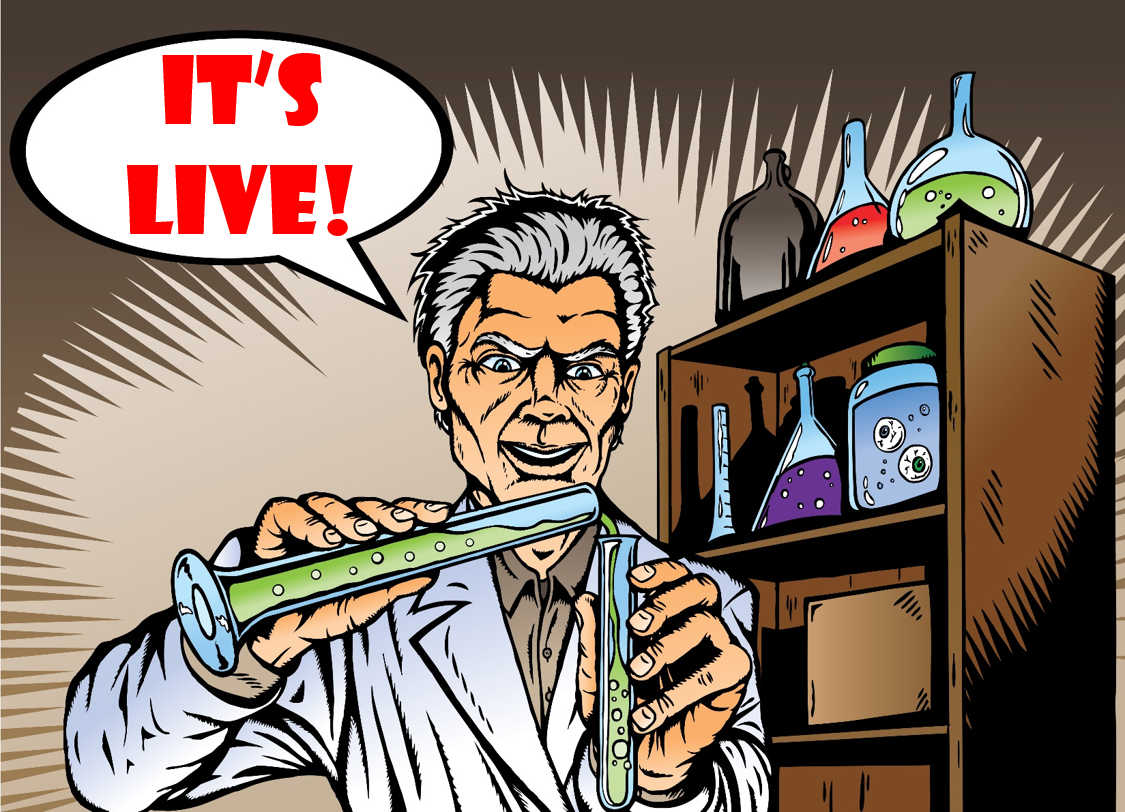
Technology and the pandemic are redefining the ways in which people interact with media – and each other.
Over the past many months, we’ve learned that many of the trends and brands that were already in place have skyrocketed, thanks to the fuel from COVID and all of our lifestyles being turned upside-down.
Pre-pandemic, Zoom, TikTok, and streaming concerts were all part of the media menu. But since March, we have witnessed the rise of these platforms in ways we might not have been able to imagine way back in 2019.
Iris Worldwide is a global consulting group specializing in connecting media with consumers, exploring new ways in which fans can participate. Recently, two of their key Singapore-based executives – Ben Esssen, Iris’ Chief Strategy Officer (top left below), and Sorcha John (bottom), Global Director/future strategy – were interviewed in a fast-moving panel discussion with The Drum editor Charlotte McEleny (top right).
Their main message?
We are now ensconced in “The Era of Live.” When I read the headline “Don’t underestimate the ‘era of live,’ says Iris” in a recent Drum session called 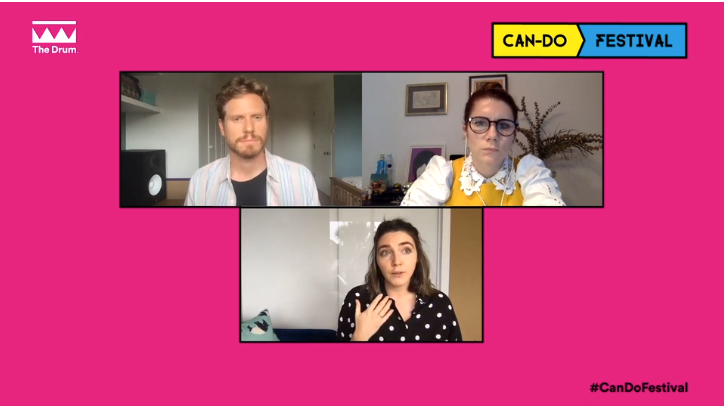 the “Predictions Series,” it jumped off the page.
the “Predictions Series,” it jumped off the page.
I watched the panel conversation (and you can, too, here).
It is loaded with insights about new ways in which media and people connect in “real time.” It’s about how brands are becoming generationally agnostic. Being in the moment is key.
TikTok is an example of an interactive, fan-based platform that got its start among Gen Z’s. But today, we see multiple generations producing those quirky, short videos – dancing, talking, telling jokes. As Ben and Sorcha note, TikTok is now “family space.”
The Iris team calls this the “Participation Age.” Media connecting with fans, listening to them, and incorporating their feedback and opinions are ahead of the curve.
As Sorcha John pointed out on the panel, the pandemic forces brands to “hit pause,” and asks what the audience wants. COVID has put these restrictions on our lives – preventing us from doing the things we’ve always done. And that compels companies to address that deficit by discovering what people want – and giving it to them.
That process is fueled when brands are live and in the moment. That’s the essence of a platform like Twitch. It’s not just about the “show.” It’s the running dialogue and feedback loop, populated by fans, trolls, jokesters, and commenters.
 Essen says this new “Era of Live” is about involving people. When brands allow their fans to participate, “It’s the sum of all the people in the community.”
Essen says this new “Era of Live” is about involving people. When brands allow their fans to participate, “It’s the sum of all the people in the community.”
When a broadcast radio station is on all eight cylinders, it is successfully reflecting the vibe of the tribe.
More and more, younger people are consumed by being connected all the time. And that desire is working its way up to older generations.
But in radio, we’ve all been trained that our stations set the tone. We are the megaphone:
“We broadcast. You listen.”
But more and more, it’s about participating in the content.
“We broadcast. And you do, too.”
We’ve seen this during those many Zoom “happy hours” stations have hosted since the pandemic. Part of the fascination is interacting with station personalities during these cooped up times. And observing fans talking to each other in the chat window reveals there’s a fascinating sub-conversation taking place.
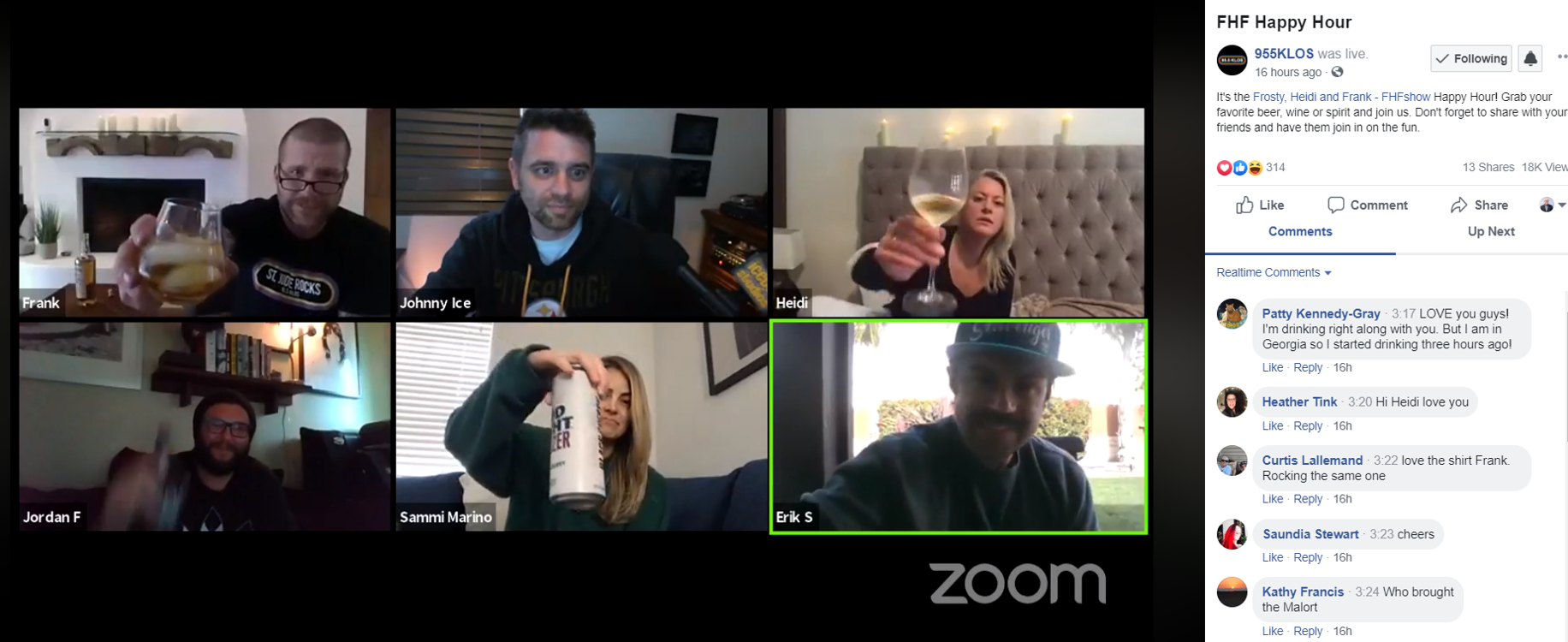 As I watched the Iris panel, and processed Essen and John’s strategies, I couldn’t help thinking how broadcast radio has a natural advantage over platforms like streaming, satellite radio, and podcasts – none of which are interactive in real time.
As I watched the Iris panel, and processed Essen and John’s strategies, I couldn’t help thinking how broadcast radio has a natural advantage over platforms like streaming, satellite radio, and podcasts – none of which are interactive in real time.
We’ve had tastes of this over the years in radio, via the old studio lines, and more recently, with social media platforms. But most stations’ commitments to consistent audience participation are at best spotty, and at worst, nonexistent.
Public radio and Christian radio programmers should heed the words of Essen and John, too. For public radio, it’s a true dichotomy. In so many ways, these stations pride themselves on their inclusivity. But when it comes to actually interacting with fans, most leave much to be desired. It’s one thing to listen to your listeners; it’s another to allow them to participate in the process.
There are brief moments when public radio makes good on the promise. We highlighted St. Louis Public Radio’s work on Twitch TV with their news efforts. But the station also uses the platform for its local music initiative, “House Show.” In St. Louis, the music community is a full participant in “The Era of Live.”
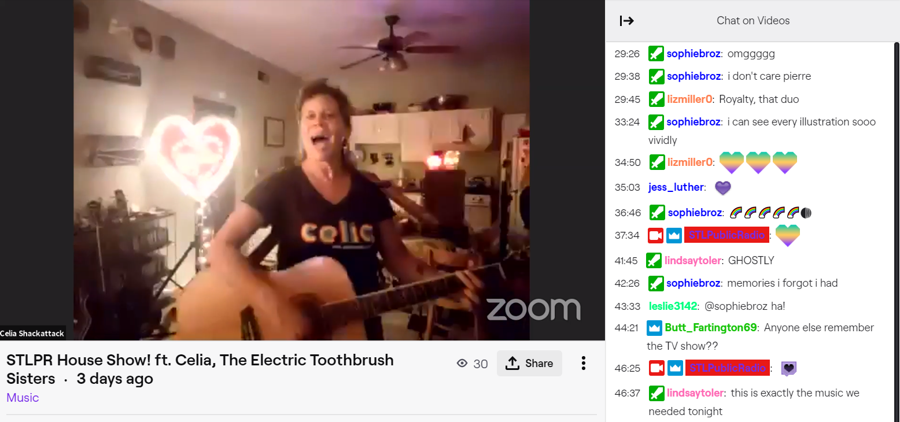
But overall, public radio is a top-down medium, like almost all broadcast content, despite creating some of the best content in all of radio.
And that leads us to the big question:
If you buy into “The Era of Live” as a bona fide movement – a change in the way consumers stay connected with their favorite media brands – broadcast radio should be in a great position. So, why isn’t it?
From its beginnings, AM radio, and later FM, has been a real-time, live, in the moment medium – a companion, a waker-upper, a bearer of news, good and bad. Radio has traditionally been able to capture the zeitgeist, especially with its easy ability to be on site: broadcasting live from a war zone, a parade, a hurricane, or a concert or festival.
Until recent years, of course, when first by choice and then by economic pressure, broadcast radio has slowly but surely cut so many live and local corners. At first, this meant automated or voicetracked overnights, followed by the evening hours, and eventually making its prerecorded way into dayparts still known as “prime.”
At a time when a global pandemic resonates so powerfully locally and consumers are focused on what’s happening on their Main Street, everything lines up perfectly for AM/FM radio. If you read the vision of these Iris analysts, you can see how broadcast radio could use interactive technologies to make it interesting for listeners of all ages.

Audio takes many forms these days – streaming, on-demand, and broadcast. And it now can be received on myriad devices – phones, tablets, smart speakers, and of course, on regular radios.
So, how do consumers make their choices, and how to these various platforms and brands find a way to stand out in a landscape that’s become increasingly crowded?
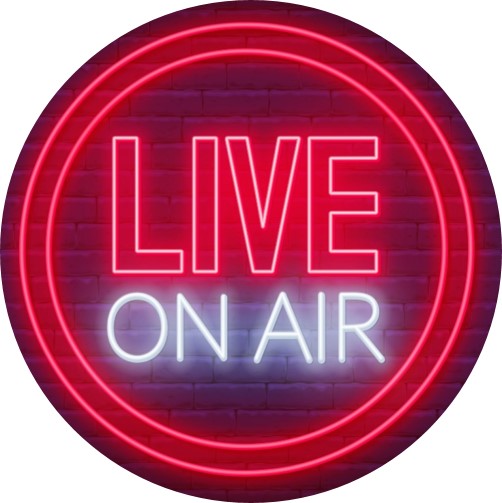 For Ben Essen, the emotion most correlated with brand performance is excitement. He posits that if you want people to act as participants in this “Era of Live,” you have to generate a feeling of excitement.
For Ben Essen, the emotion most correlated with brand performance is excitement. He posits that if you want people to act as participants in this “Era of Live,” you have to generate a feeling of excitement.
Or as he concludes, “We’re here to excite progress.”
As pressure-packed as 2020 has been, media analysis like the kind Iris is doing is exciting and full of potential, if you’re in broadcast radio. The listening habit is still in place, ease of use is implicit, and the medium continues to be free of charge. Radio is rooted in being live and immediate, even if it has strayed from those values in recent years.
There was a time not so many years ago when some radio stations were actually branded as being  “live.”
“live.”
Those broadcasters were on the right track, understanding way back in the ’90s that the notion of being live was an asset, even as technology introduced new platforms and gadgetry.
Live 105 in San Francisco may have been the first – an Alternative station then known as Modern Rock that prided itself by its connection to the Bay Area, exciting new music, and personalities that reflected that feeling of “now.”
It’s morning show, hosted by the controversial Alex Bennett, set up chairs outside the studio so people off the street could stop by, “watch the show,” participate at times, and share coffee and a pastry while they watched live radio being made before their very eyes.
Every day.
It would be truly amazing if an American radio station branded itself in 2020 as “live.”
And lived up to the promise of that word.
- Radio: It’s Time To Stop Playing Small Ball - April 8, 2025
- Why AM/FM Radio Will Never Die - April 7, 2025
- Can Radio Win “The Last Touch/First Touch Challenge?” - April 4, 2025



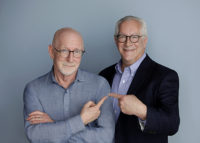
Live Connected Curated Content = Radio Magic & Money.
Thanks, Clark!
The first time I ever set foot in a radio station, it was as an audience member for Alex Bennett’s show on Live 105.
And I’m sure you were hooked. I satin a few of them myself, and it was fascinating.
Remember the ‘tude a lot of us had early on as young DJs, thinking, “This place is going to fall apart without me here”, just before we were shown the door?
Maybe it took 30 years, but we were right! ;^D
There’s no question that when you survey what the other guys are doing – streaming platforms, satellite radio, podcasts – you can’t help but conclude live, in the moment, real time personalities are key content assets for broadcast radio. Thanks, Alan.